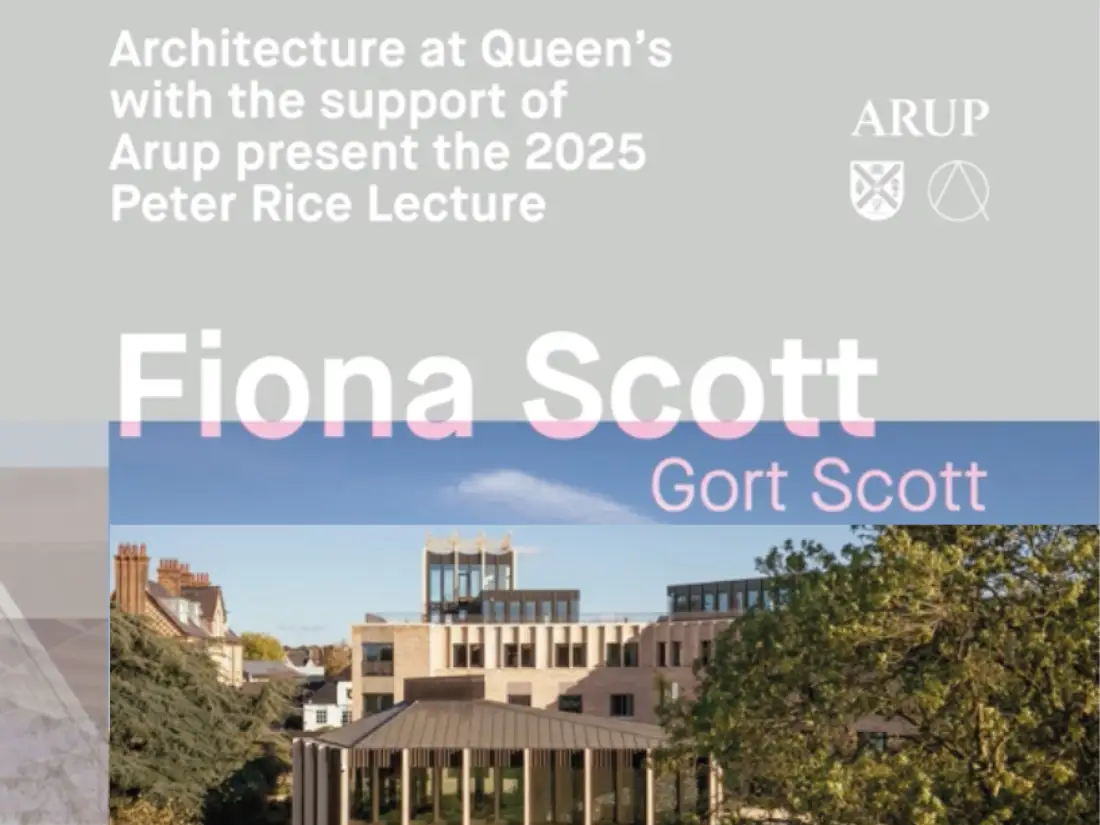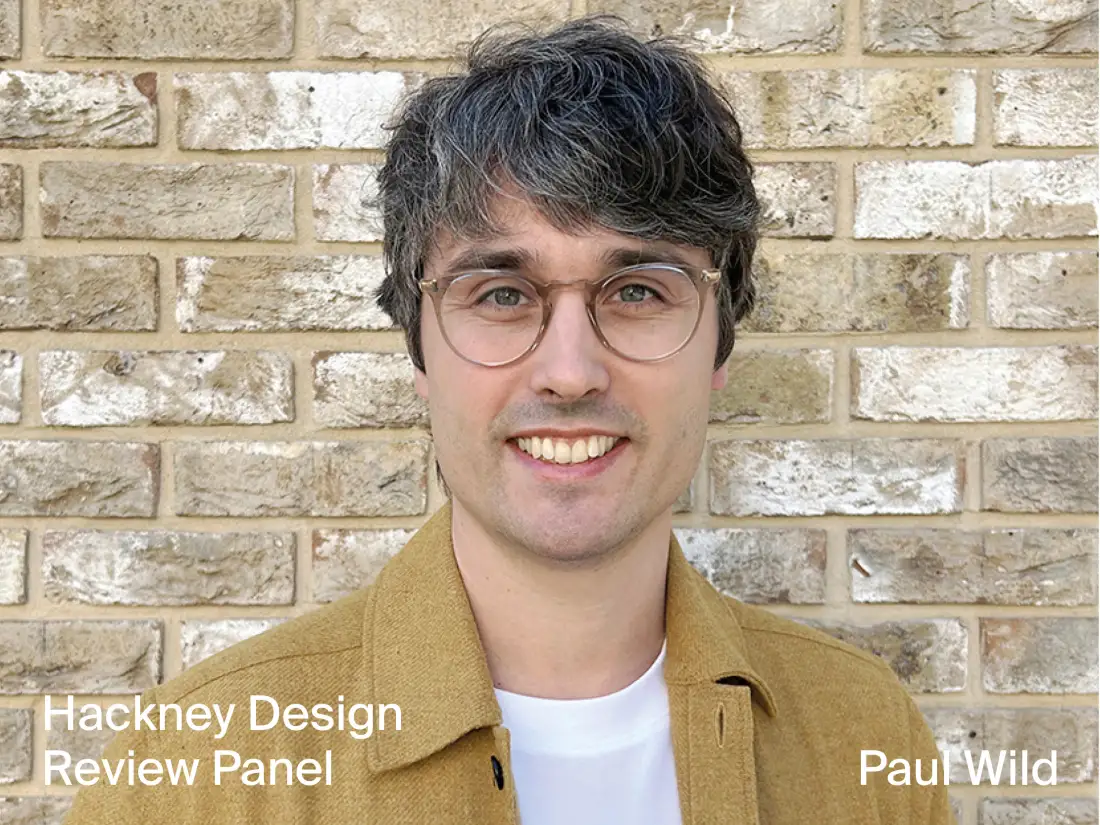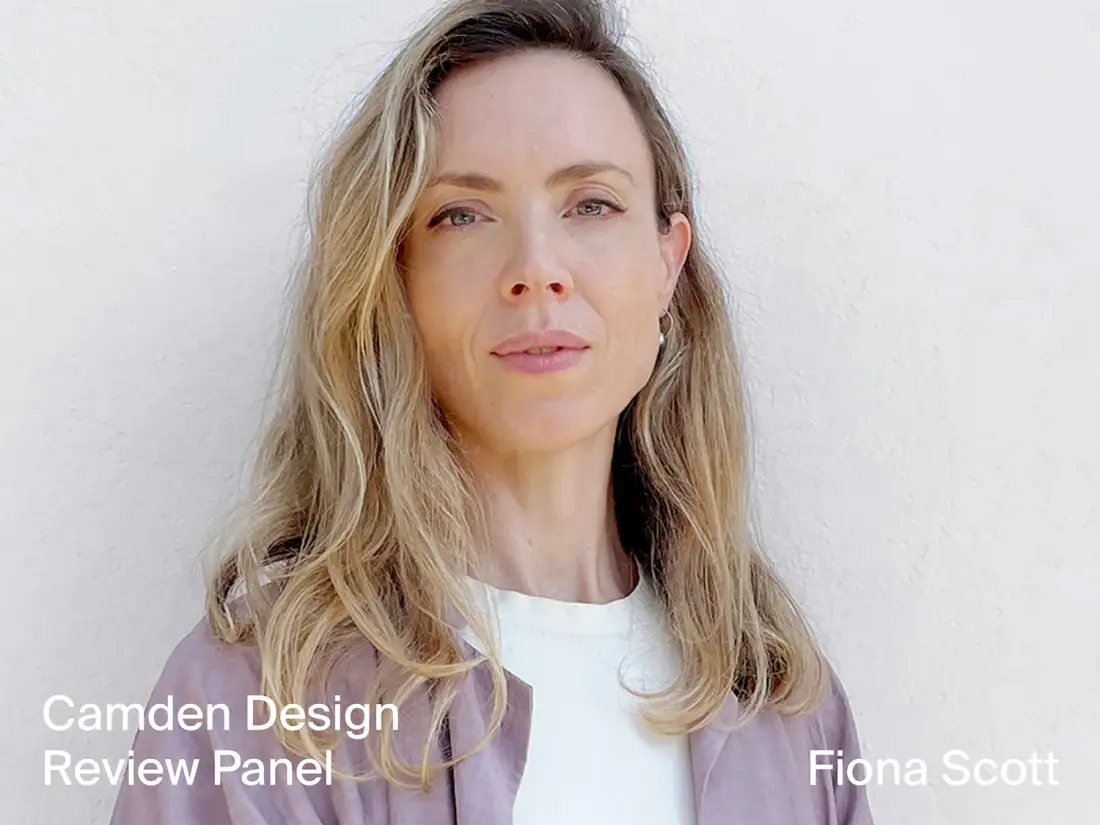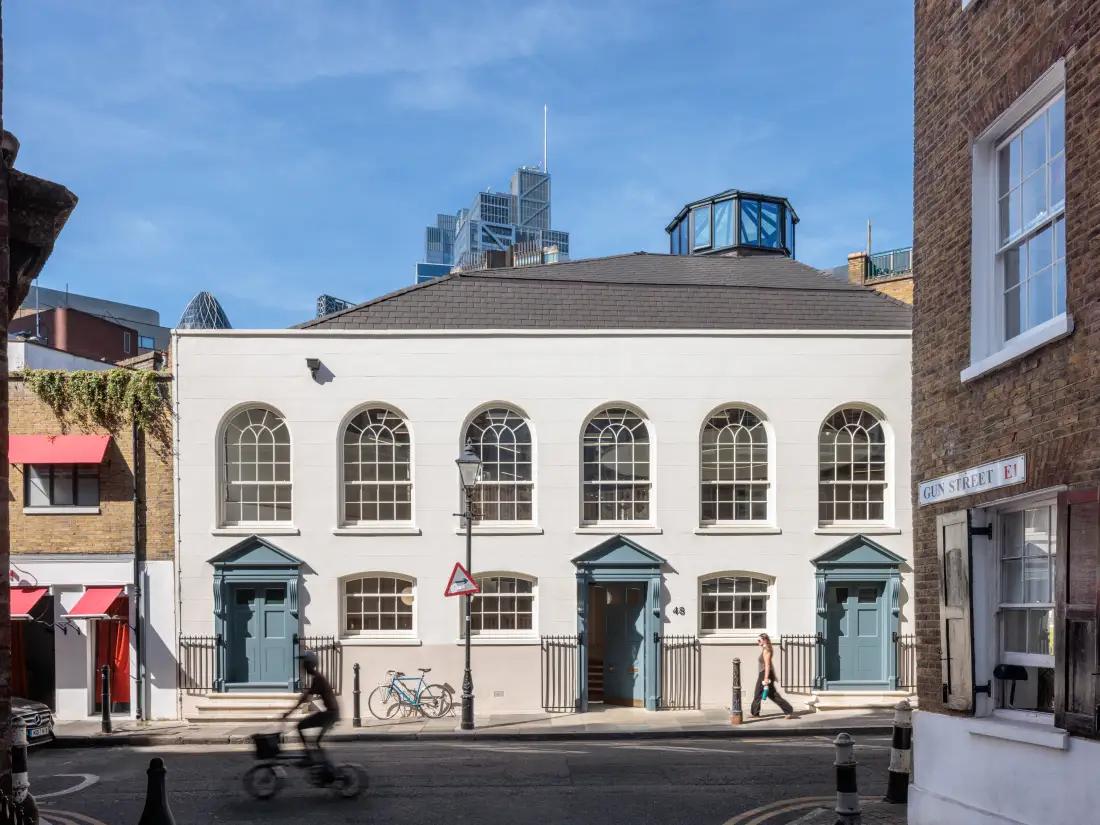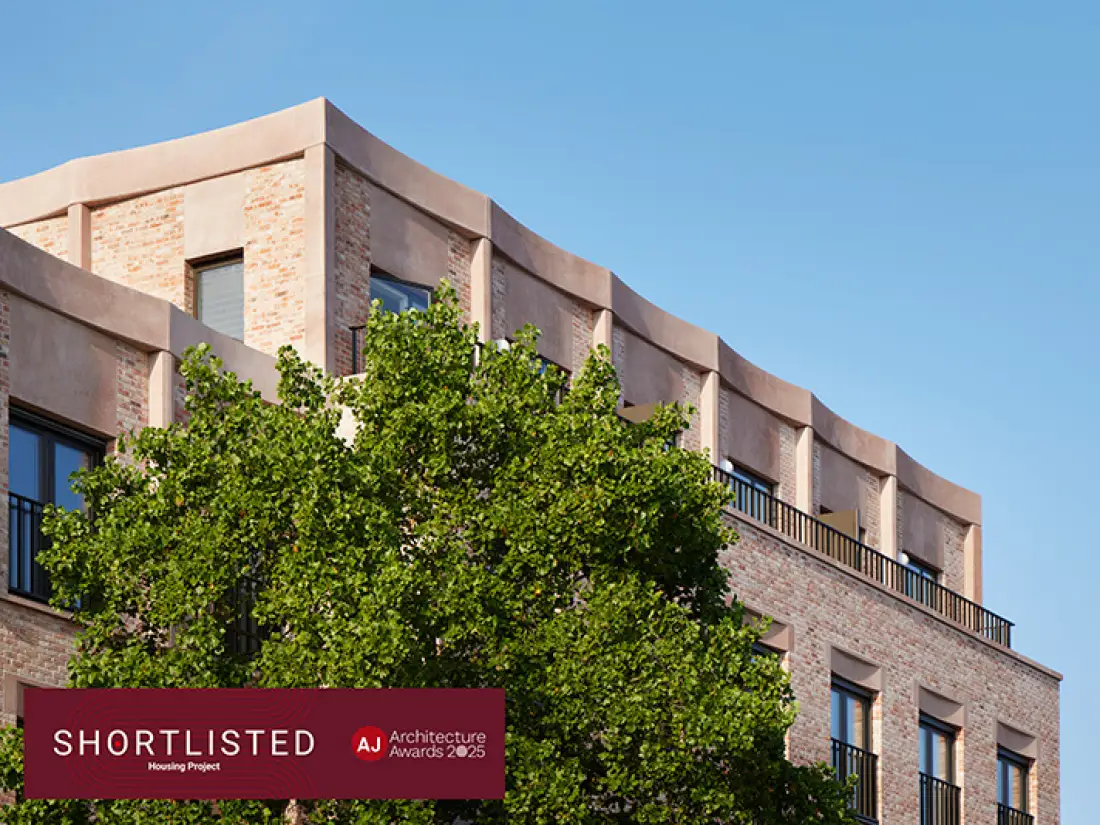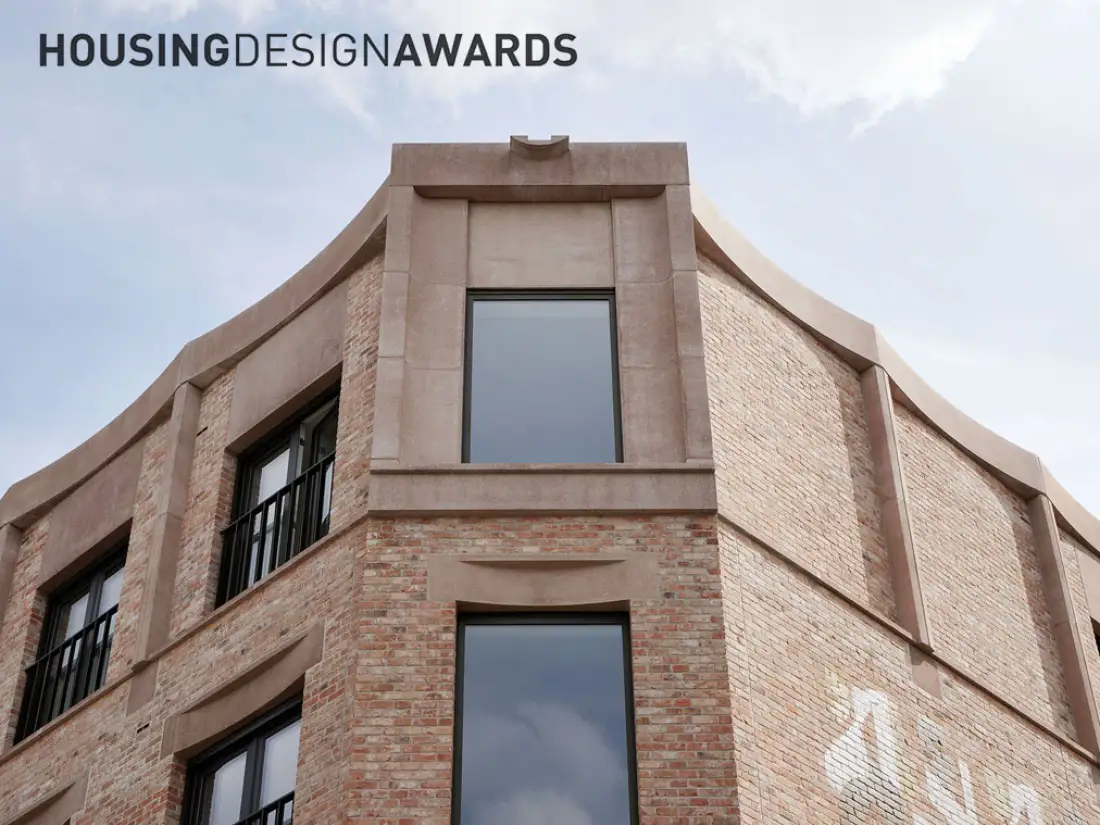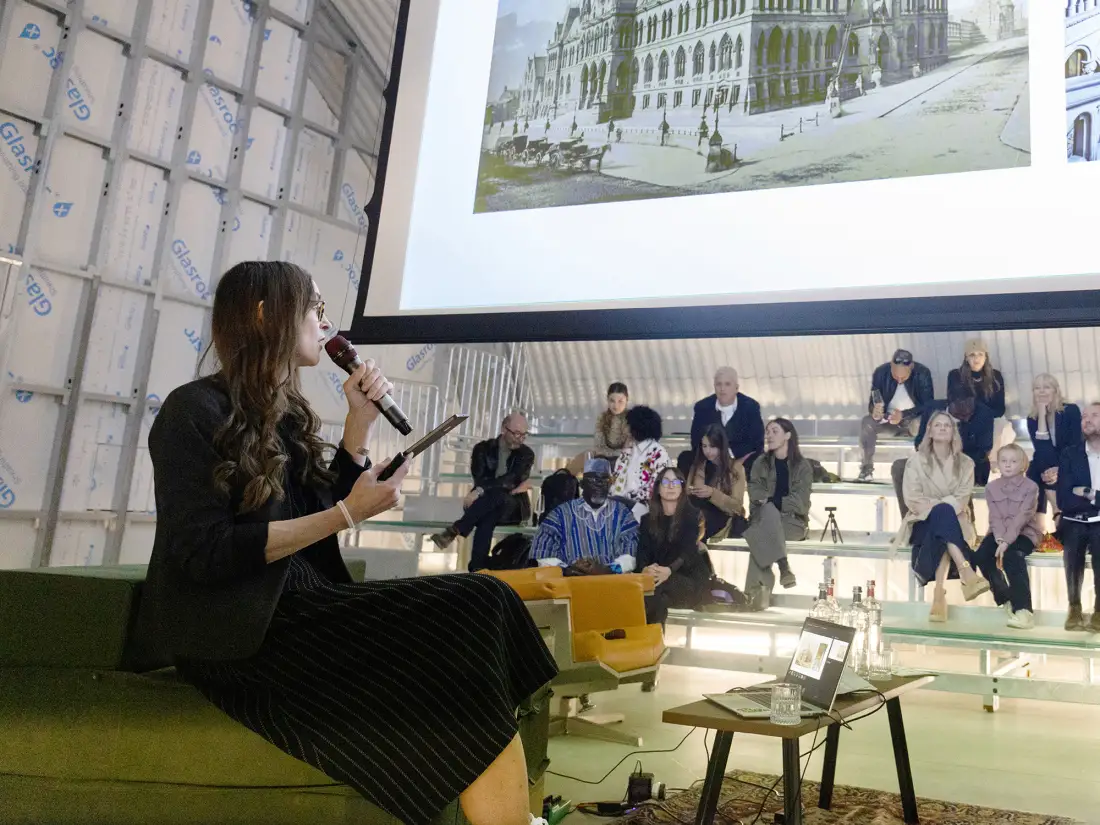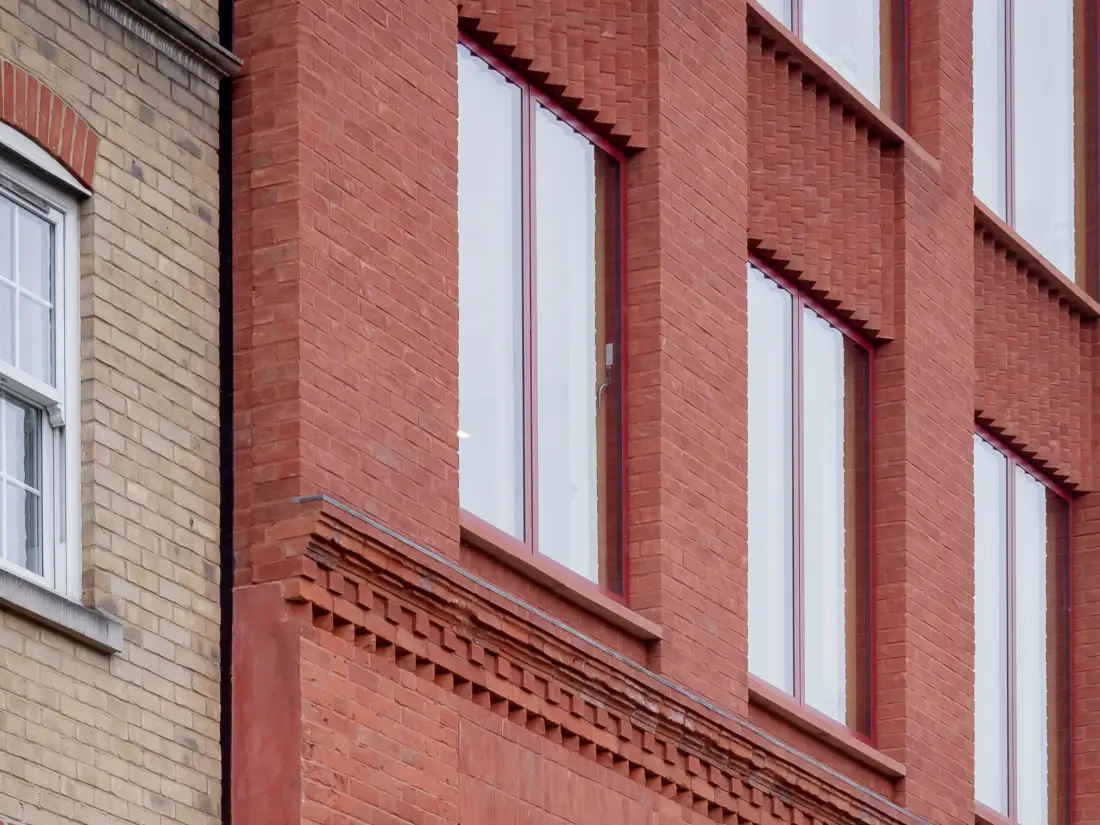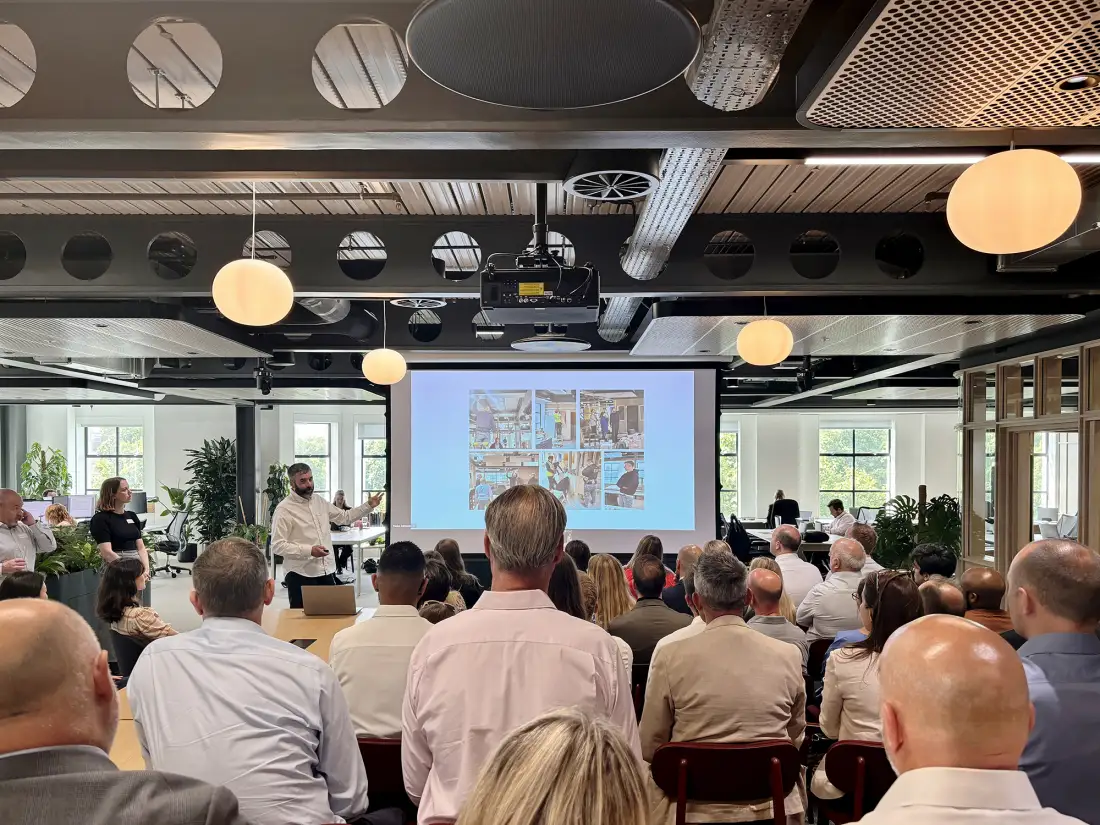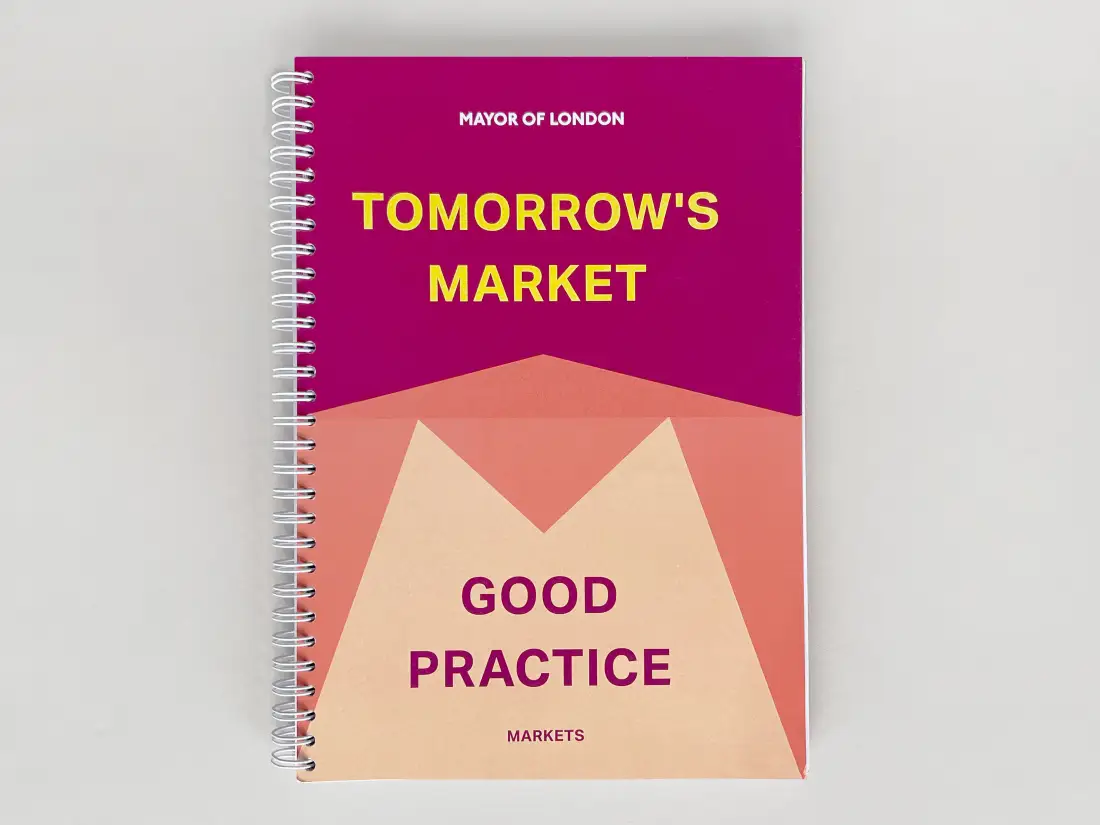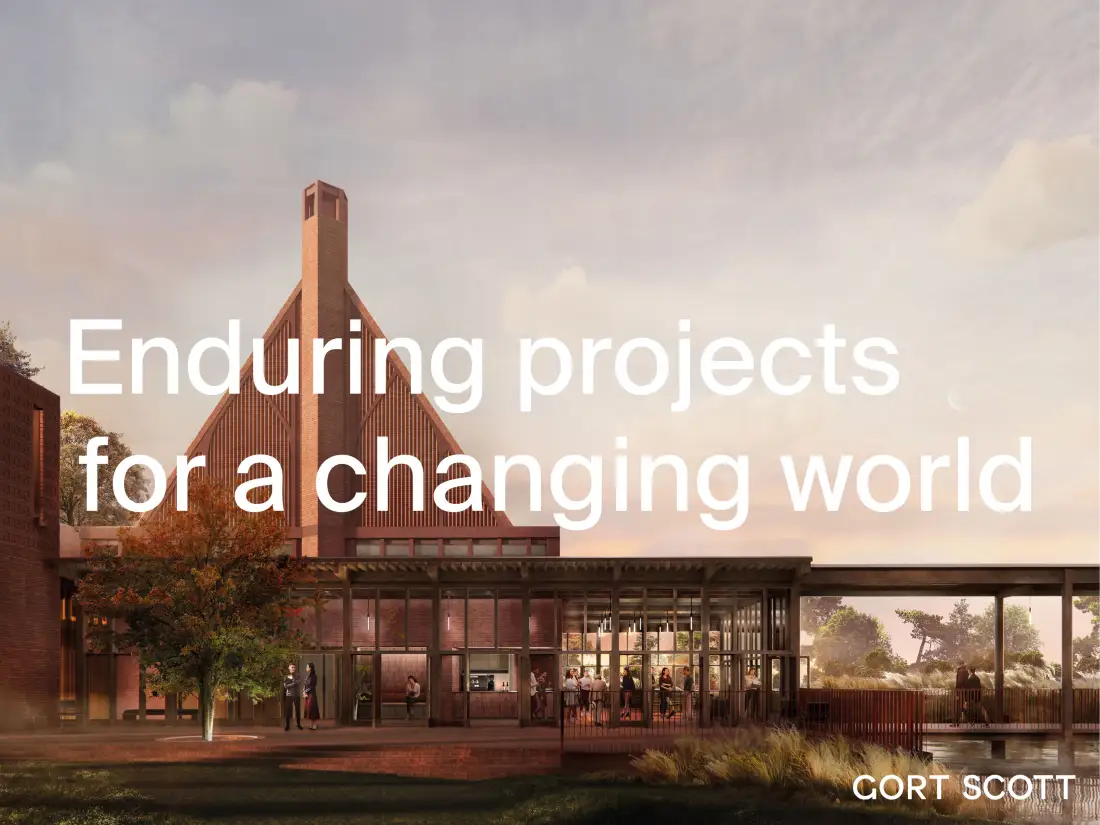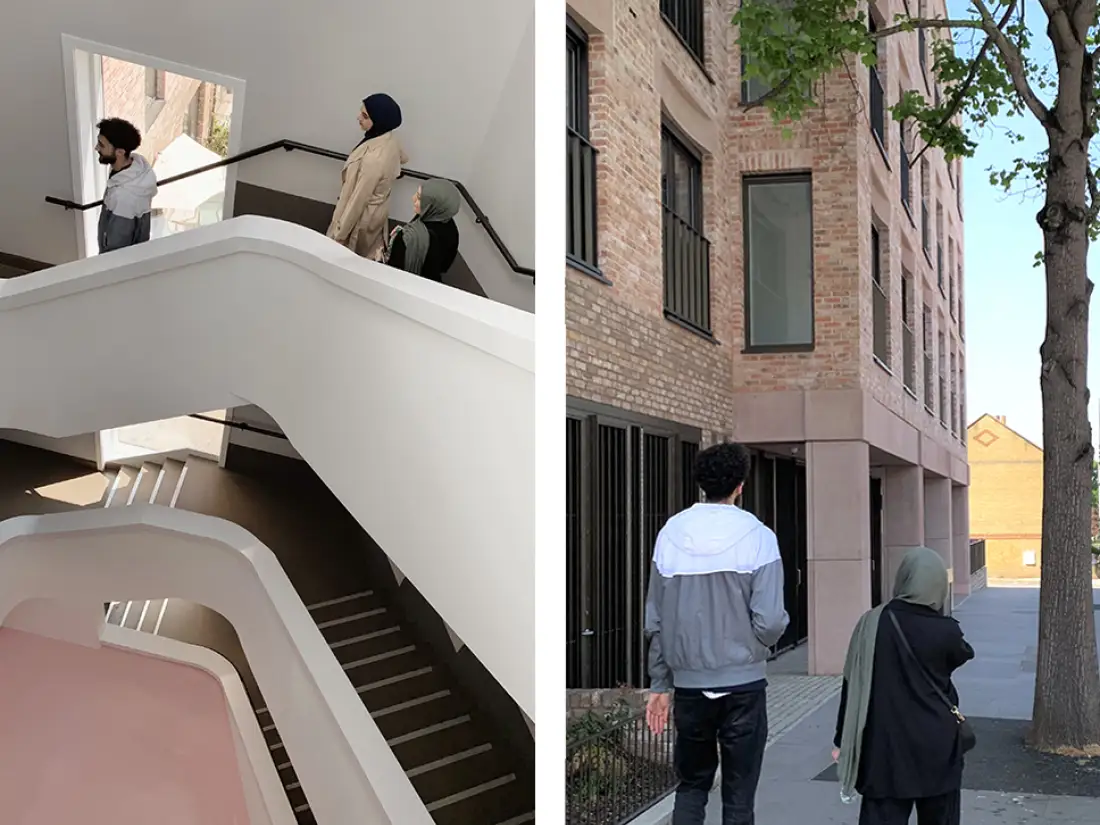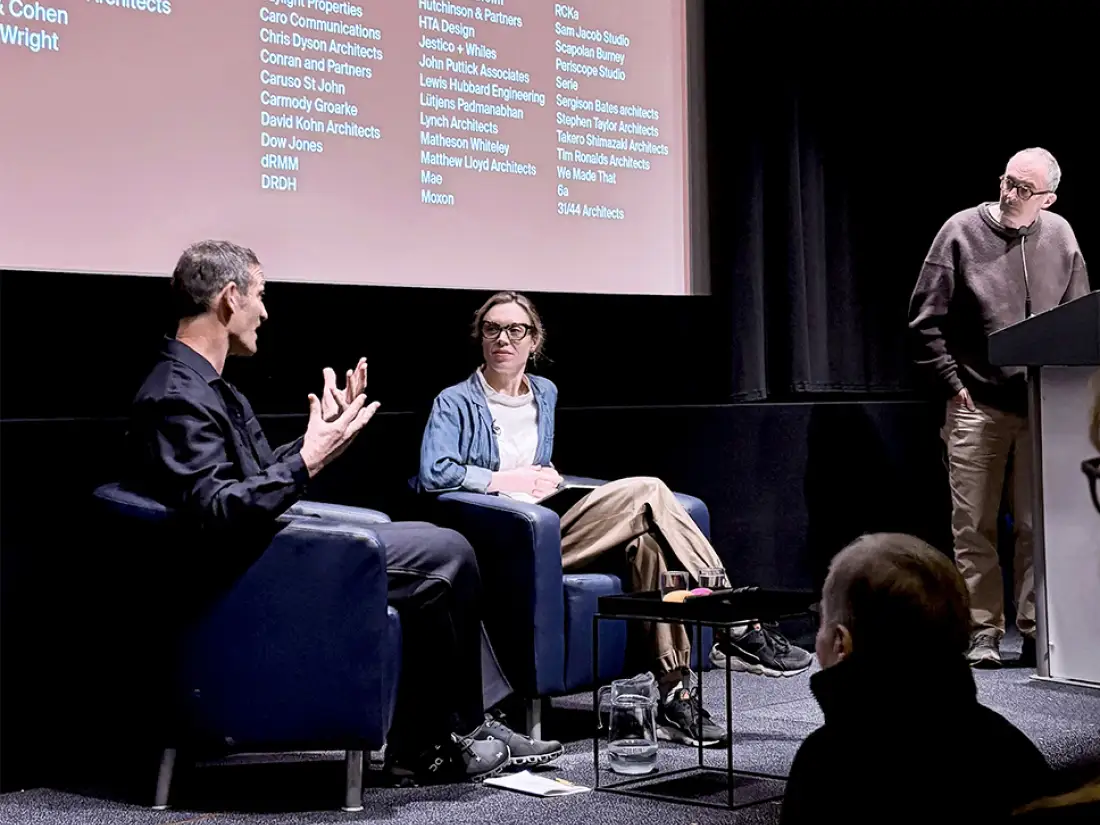Fiona Scott invited to deliver the 2025 Peter Rice Lecture at Queen’s University
Fiona will be delivering the 2025 Peter Rice Lecture at Queen’s University Belfast.
This annual lecture commemorates Peter Rice, the structural engineer behind some of the most significant architectural works of the 20th century such as Centre Pompidou and the Sydney Opera House. The lecture is organised by Queen’s University Belfast (QUB) School of Natural and Built Environment and QUB Architecture, with support from Arup Trust.
We hope you can join us on Tuesday 2nd December. The lecture is free to attend and tickets can be booked via Eventbrite.
Location:
QUB David Keir Building
School of Natural and Built Environment
Belfast BT9 5AG
